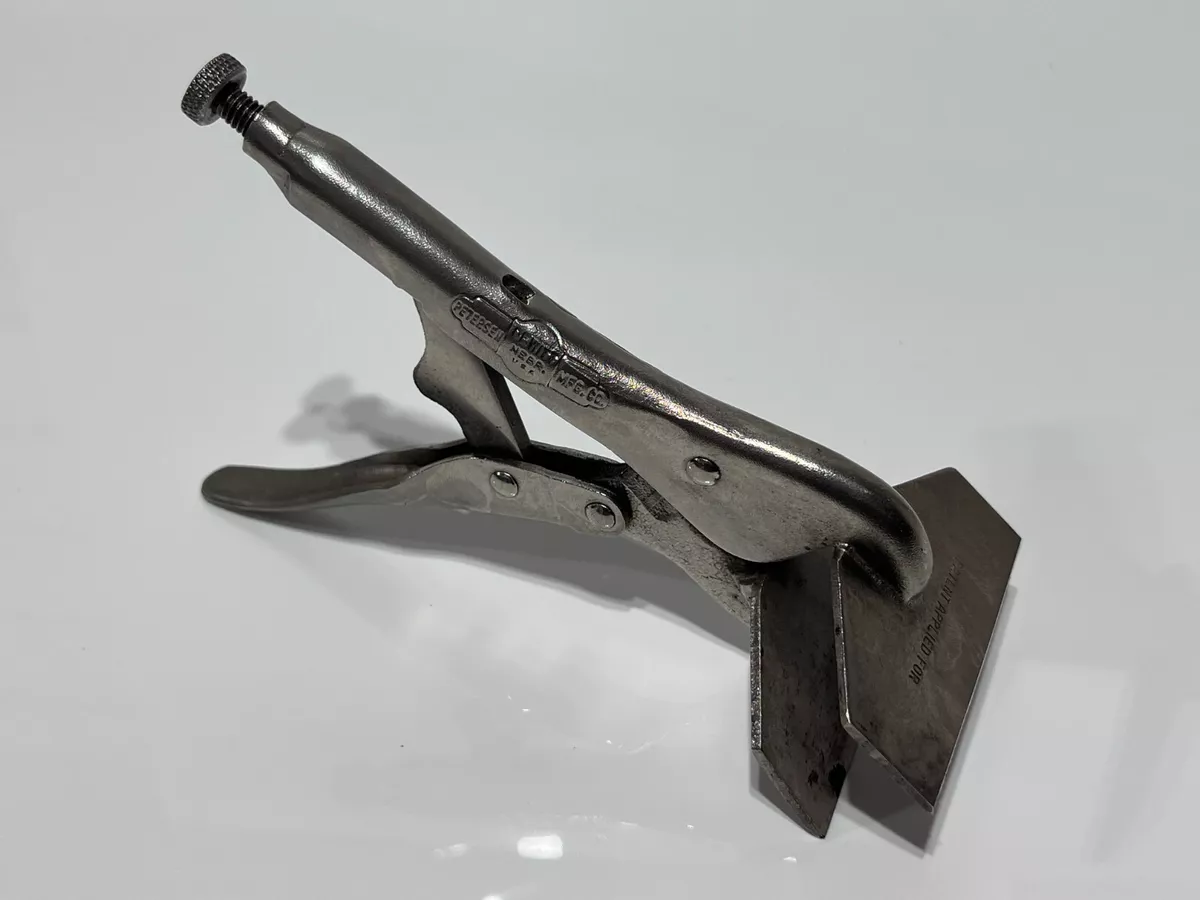I wonder if the Pfaff roller was actually made by them or if the balance wheel was just robbed from one of their sewing machines. If I were going to fabricate one, that's surely what I would do.
View attachment 1909707
View attachment 1909708
Almost all of the the original
Pfaff Bicycle Fender Roller Tools known in this hobby today came from Leon Dixon. Period. They had nothing to do with
Pfaff Sewing Machines.
I bought out the original bicycle fender tool manufacturer who had all of their remaining stock at a bicycle W-D warehouse in the Seattle, Washington area. It was owned by the same man who owned local shops then known as "
Angle Lake Cyclery." I bought the entire stock and took it to Southern California. This was in the early 1970s.
I couldn't GIVE these things away at $12... NOS in the box for years! I first had about 150 units in original brown cardboard boxes that took up a good part of an upstairs bedroom. I still had perhaps 25 of these left when I was burglarized in 2001 and they were
all robbed... including my personal use tool. Leaving me with none... after all that.
Years later, people were crediting others with having somehow "discovered" these tools. They didn't discover anything. Many imitated this tool and had luck selling them.
Someone asked in this thread why there was a grid on the drive wheel. Use one and you would immediately know. It was to get traction on the underside of a fender in order to pull it through the straightening process.
The Pfaff roller die wheel (the little hourglass barrel) was actually too narrow and too deep a draw to work on the biggest Schwinn, Shelby and some Monark fenders. In many cases, it did more damage than good. I had a machinist lathe-turn extra die wheels for me to do bigger fenders. I also had fender dollies and press tools (one you used in a vise) I got in the Detroit area during the 1950s-1960s. I was already straightening dented vintage bicycle fenders in 1969.
I would buy a fender roller today– including one of my originals...
Leon Dixon
National Bicycle History Archive of America
(NBHAA.com)


















